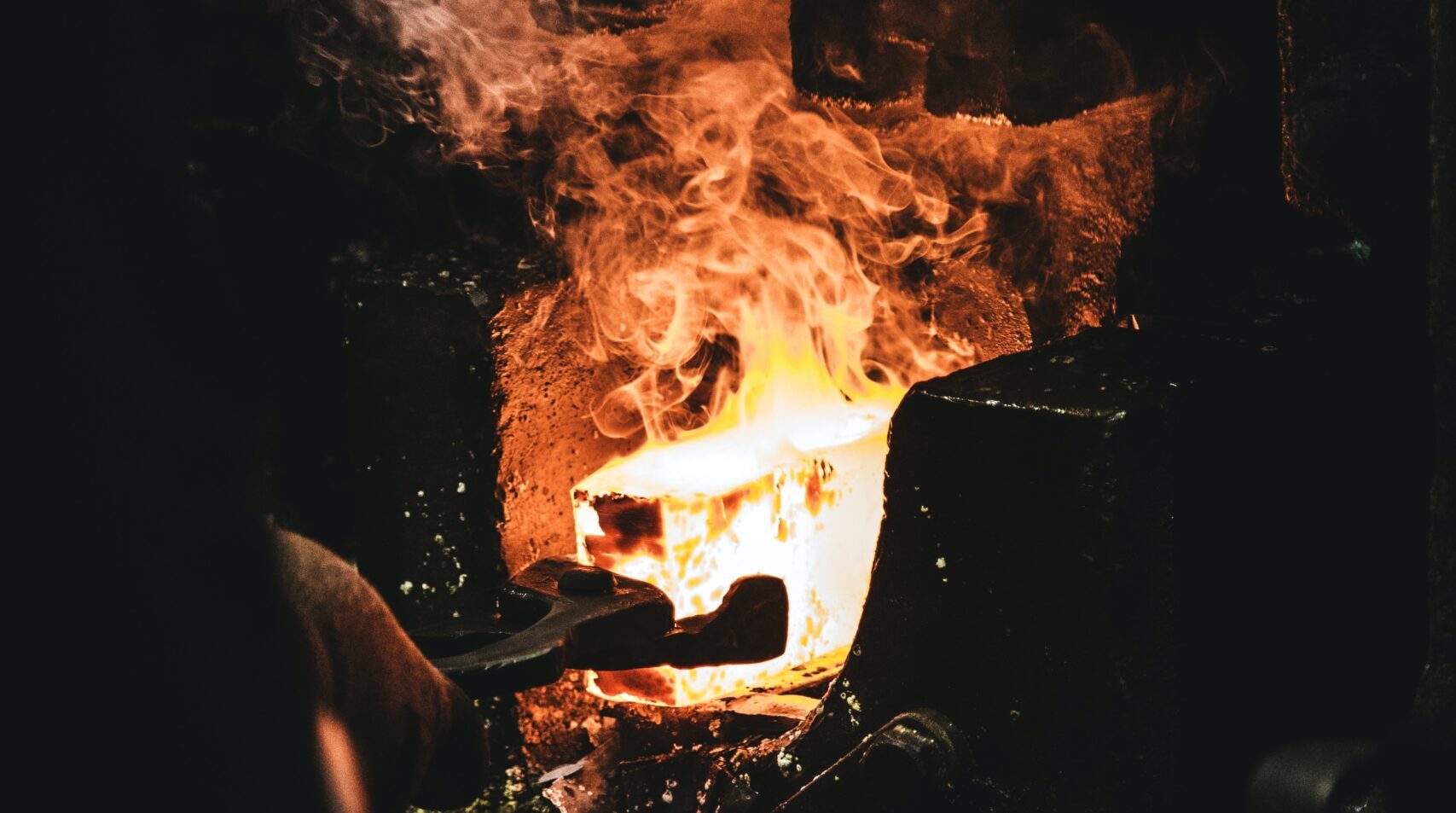Introduction
Knife making requires precision and the right tools to shape and refine the blade. While belt grinders are commonly used for this purpose, angle grinders can be a viable alternative, especially for those on a budget. In this article, we will explore the use of angle grinders for knife making, discussing whether they are a good enough budget option and comparing the pros and cons of angle grinders versus belt grinders.
Are Angle Grinders Good Enough Budget Option for Knife Making?
Angle grinders are handheld power tools that use abrasive discs or wheels to cut, grind, and polish various materials, including metal. They are widely available and generally more affordable compared to belt grinders. However, when considering whether angle grinders are a good enough budget option for knife making, it’s important to understand their limitations.
While angle grinders can certainly shape and grind metal, they are not specifically designed for knife making. Here are a few factors to consider:
- Speed: Angle grinders typically operate at high speeds, which can make them aggressive and difficult to control when working on delicate knife blades. Achieving precise bevels and maintaining consistent angles can be challenging with an angle grinder.
- Heat Generation: Angle grinders generate significant heat during operation, which can be detrimental to the blade’s tempering and overall quality. Care must be taken to prevent overheating and damaging the blade’s structure.
- Surface Quality: Achieving a smooth, refined surface finish on a knife blade can be more challenging with an angle grinder compared to a belt grinder. The grinding marks left by the abrasive wheel may require additional sanding and polishing to achieve the desired level of smoothness.
While angle grinders can be a cost-effective option for rough shaping or initial grinding of knife blades, they may not provide the level of precision and control required for fine details and finishing work. If you are serious about knife making and plan to pursue it as a long-term hobby or profession, investing in a dedicated belt grinder would be a worthwhile consideration.
Pros & Cons of Angle Grinders vs Belt Grinders for Knife Making
Let’s compare the pros and cons of angle grinders and belt grinders specifically for knife making:
Angle Grinders
Pros:
- Availability and affordability – Angle grinders are widely accessible and generally more budget-friendly compared to belt grinders.
- Effective for rough shaping and initial grinding – Angle grinders can remove material quickly and efficiently, making them suitable for initial blade shaping and rough grinding.
- Versatility – Angle grinders can be used for a variety of tasks beyond knife making, making them a versatile tool to have in your workshop.
Cons:
- Lack of precision and control – Achieving precise bevels and maintaining consistent angles can be challenging with an angle grinder.
- Heat generation – Angle grinders generate significant heat, which can negatively impact the blade’s tempering and quality.
- Surface finish – Obtaining a smooth, refined surface finish may require additional sanding and polishing due to the grinding marks left by the abrasive wheel.
Belt Grinders
Pros:
- Precision and control – Belt grinders are specifically designed for knife making, allowing for precise bevels, consistent angles, and better control over the grinding process.
- Tempering preservation – Belt grinders generate less heat compared to angle grinders, reducing the risk of damaging the blade’s tempering during the grinding process.
- Surface quality – Belt grinders offer a smoother and more refined surface finish, reducing the need for extensive additional sanding and polishing.
- Grinding versatility – Belt grinders often come with different grit belts, allowing for various stages of grinding, from rough shaping to fine finishing.
Cons:
- Cost – Belt grinders tend to be more expensive compared to angle grinders, especially high-quality models.
- Space requirements – Belt grinders typically require more space in your workshop due to their larger size and dedicated workstations.
- Learning curve – Working with a belt grinder may require some practice and skill development to achieve optimal results and avoid mistakes.
Ultimately, the choice between using an angle grinder or a belt grinder for knife making depends on your budget, level of commitment to the craft, and the quality of work you wish to achieve. While angle grinders can be a viable budget option for initial shaping and rough grinding, they may fall short in terms of precision, heat control, and surface finish. If you are passionate about knife making and want to pursue it seriously, investing in a dedicated belt grinder will provide you with greater control, precision, and the ability to achieve professional-quality results.
Conclusion
Angle grinders can serve as a budget-friendly option for rough shaping and initial grinding in knife making. However, their limitations in terms of precision, heat control, and surface finish make them less suitable for fine details and professional-quality work. If you are committed to knife making and seek to achieve precise bevels, consistent angles, and refined surface finishes, investing in a dedicated belt grinder is recommended. Belt grinders offer greater control, lower heat generation, and superior surface quality, making them the preferred choice for serious bladesmiths.
Remember to prioritize safety when using any power tools, including angle grinders or belt grinders. Wear appropriate protective gear, follow manufacturer guidelines, and practice proper technique to ensure a safe and enjoyable knife making experience.
